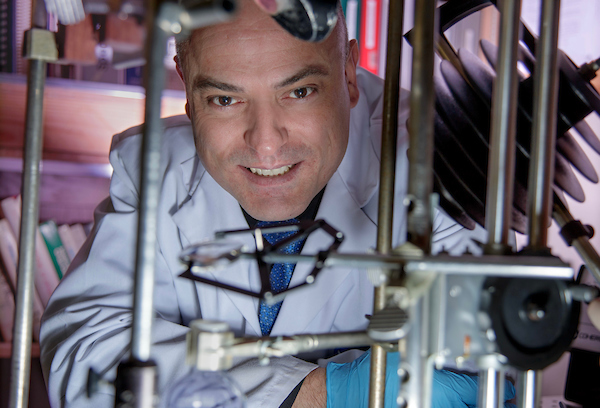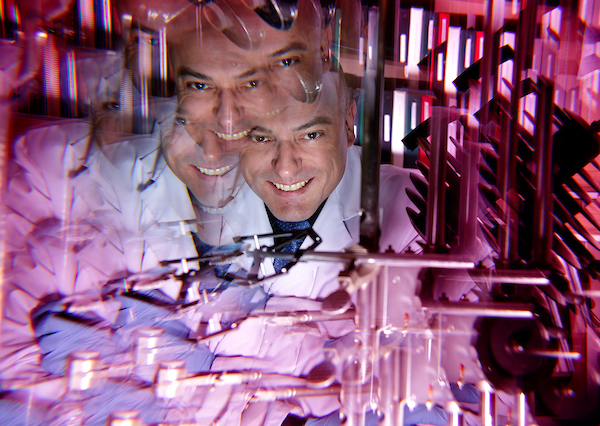UA Little Rock Professors Join State Effort to Become Quantum Research Leader

The University of Arkansas at Little Rock has joined a multi-university effort to make Arkansas a leader in the advancement of quantum information and materials.
UA Little Rock will work with the University of Arkansas at Pine Bluff and the University of Arkansas to establish a Quantum Information Science and Engineering program. The effort is funded by a five-year, $5 million grant from the National Science Foundation.
UAPB is one of three historically Black colleges and universities awarded the 2022 NSF Expanding Capacity in Quantum Information Science and Engineering program grant, which will advance quantum information in a new generation of computers, detectors, and new materials of the future. Once established, QuAPB will be the first-of-its-kind quantum center in this region of the United States – an integrated research and education program in quantum materials and devices for integrated quantum photonics.
UA Little Rock will receive $750,000 of the grant. Dr. Gregory Guisbiers, assistant professor of physics, and Dr. Tansel Karabacak, professor of physics and interim director of the School of Physical Sciences, will lead efforts at UA Little Rock to synthesize quantum dots that will be used in the development of photonic devices. They will use two novel techniques named Pulsed Laser Ablation in Liquids (PLAL) and Hot Water Treatment (HWT) to design free and attached quantum dots, respectively.
“I think it’s a great time to be involved in quantum research,” Guisbiers said. “UA Little Rock will mainly be responsible for creating quantum materials, UAPB will be responsible for characterizing quantum materials, and U of A will be integrating those quantum materials into devices. Being involved in this grant from the National Science Foundation is a big honor, and I’m pleased to be part of it.”

Photo by Benjamin Krain.
As the lead institution on the grant, UAPB will receive $3.5 million. The funding will enable UAPB to provide quantum laboratory and course content for bachelor’s and master’s degree students. This grant also supports QISE faculty at UAPB, reorients several nanomaterials experts at UA Little Rock and UAPB toward quantum applications, and creates a hands-on quantum laboratory course for BS/MS students. In addition, education and outreach activities will fuel the QISE student pipelines and promote engagement with K-12 schools about quantum careers.
Researchers at U of A, which will also receive $750,000 from the grant, will fabricate integrated quantum photonic devices at U of A. They will gather component materials from collaborators throughout QuAPB and leverage the heterogeneous integration capabilities of the MonArk NSF Quantum Foundry to produce complete devices for characterization at UAPB. According to Guisbiers, the materials will be used in quantum computing, quantum sensing, and imaging in medicine.
